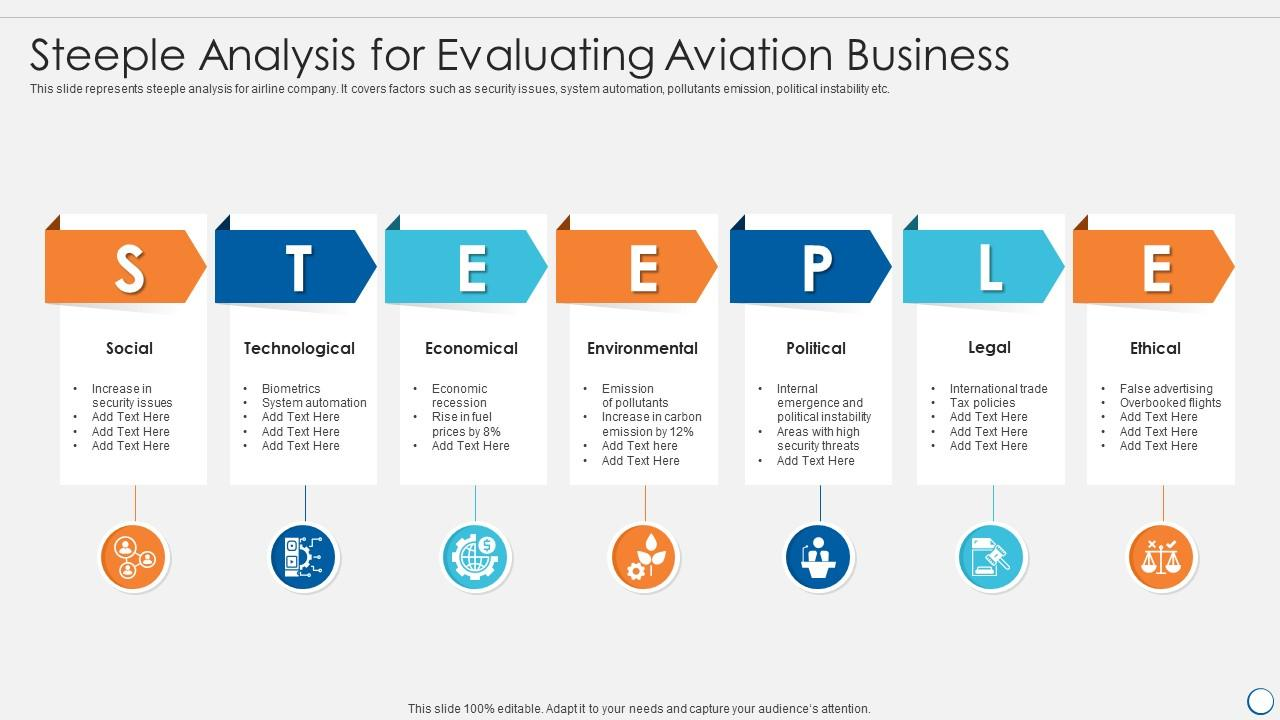1.5 External Environment
STEEPLE Analysis
- Business tool for understanding a business’ external environment
- Guides decision making by analyzing opportunities and threats
1. Social Factors
- Population demographic can change
- Society’s attitude towards more issues
- Cultural and religious beliefs
- Societal pressures towards more ethical and social responsibilities
- Language
2. Technological Factors
- Innovations in technology
- Information technology (social media enhances)
- New working practices
- Job creation
- Productivity and development
3. Economic Factors
- Controlled inflation (rise in general level of prices)
- Reduced employment
- Economic growth
- Boom - level of economic activity rises
- Recession - fall in GDP for 3 quarters
- Trough (slump) - bottom of recession
- Recovery - level of GDP starts to rise
- Foreign relations and exchange rates
4. Environmental Rates
- Changes in social attitudes towards environment
- Weather and seasonal changes
- Health scares
- Waste disposal and recycling from media and pressure groups
5. Political Factors
- Laws and policies
- Increase or decrease in interest rates
- Political corruption
6. Legal Factors
- Consumer protection legislation
- Employee protection legislaion
- Competition legislation
- Social and environmental protection legislation
7. Ethical Factors
Client confidentiality
Bribery and other illegal transactions
Treatment of employees

Consequences with Changes to the STEEPLE Analysis
- ETHICAL views and SOCIAL norms
- Affect company’s products, activities, and marketing strategies
- POLITICAL and LEGAL
- Force businesses to operate and comply to regulations
- TECHNOLOGICAL
- Adaption of newer technology and efficiency increase
- ENVIRONMENTAL
- Forcing engagement in sustainable production processes
- ECONOMIC
- Affect costs of operations, spending attitudes of customers